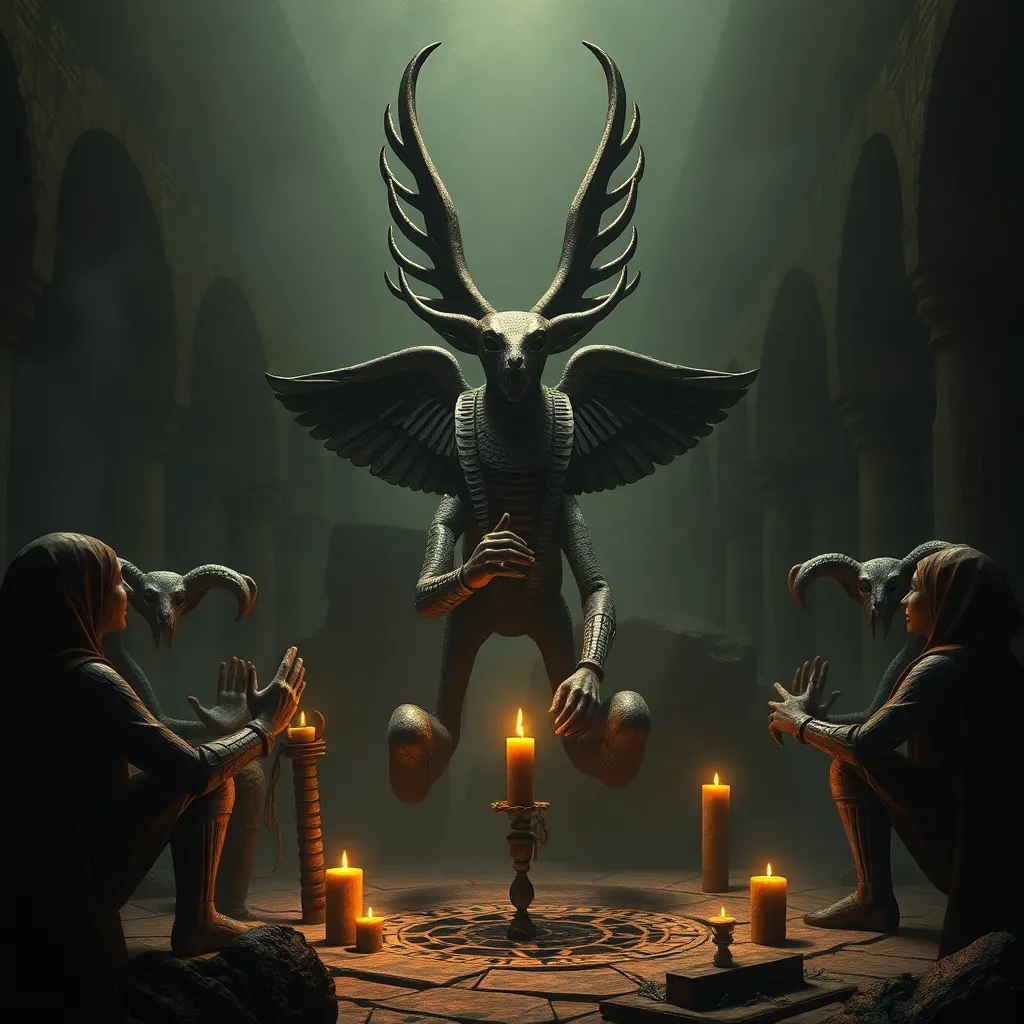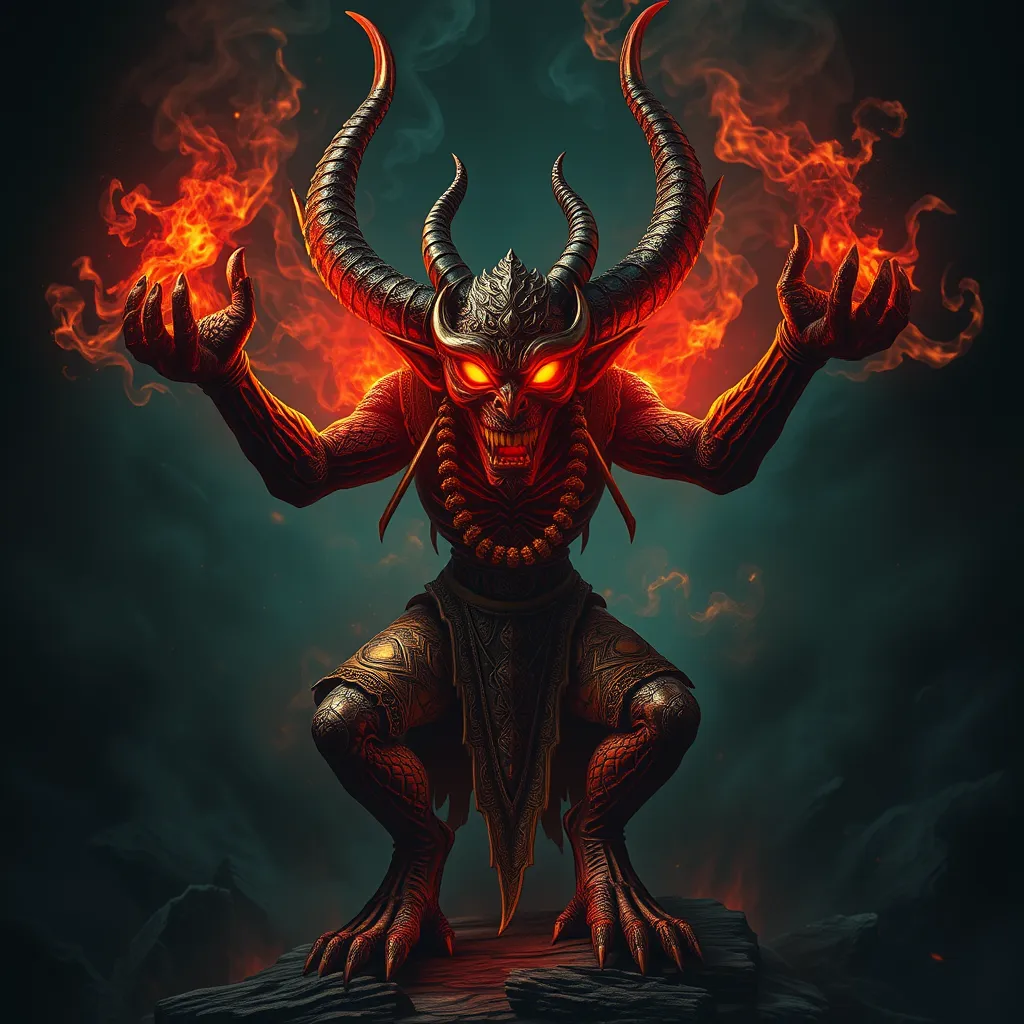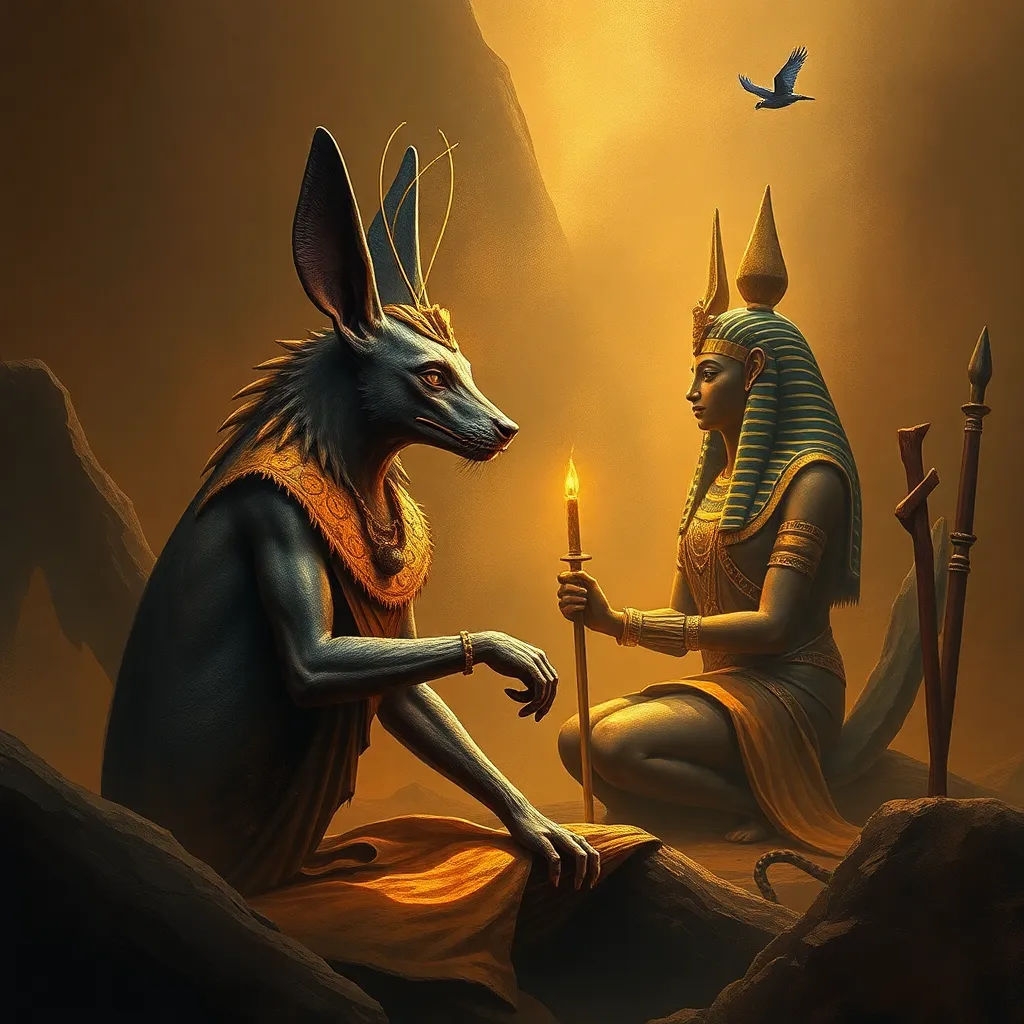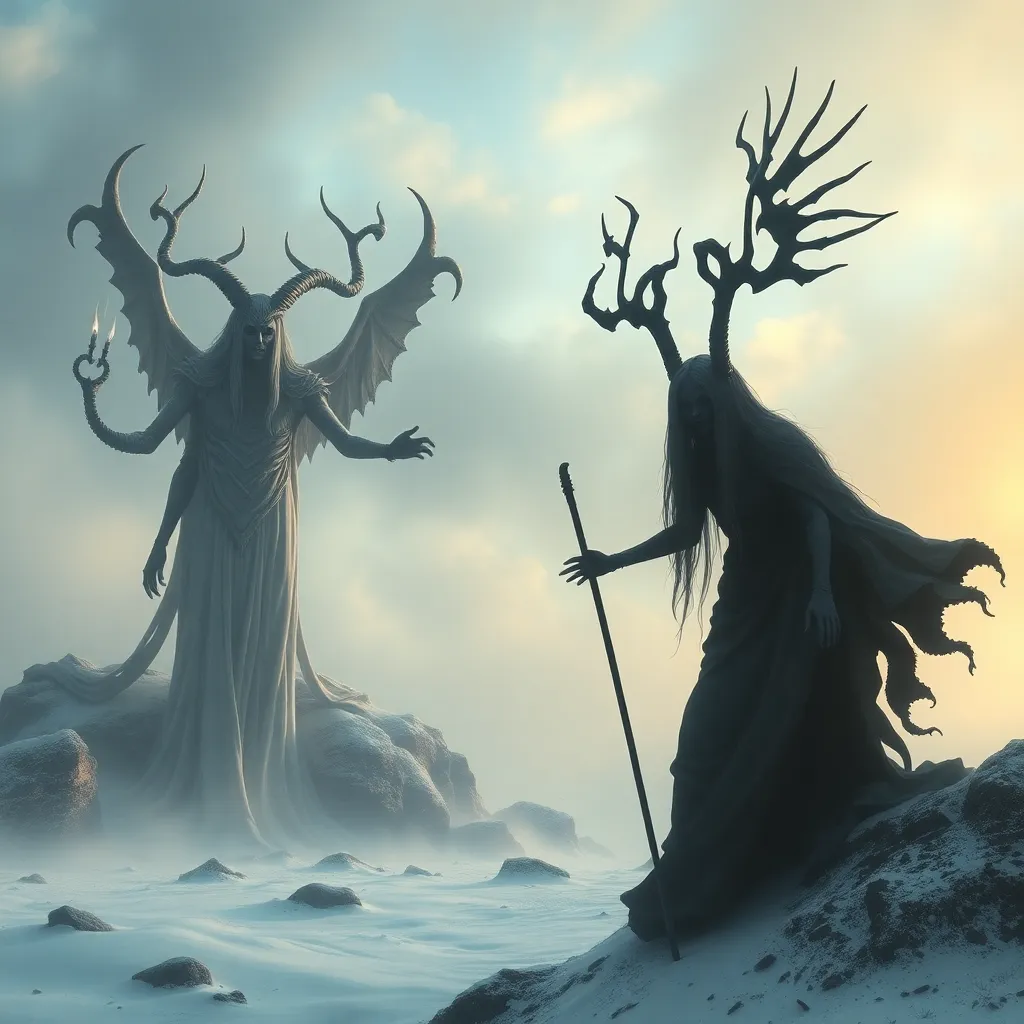The Anubis Cult: Devotees, Rituals, and Offerings to the God of the Dead
I. Introduction
Anubis, the ancient Egyptian deity often depicted with the head of a jackal, holds a prominent place in the pantheon as the God of the Dead. His role was not only to oversee the afterlife but also to guide souls through the perilous journey to the underworld. The Anubis Cult, therefore, became a significant aspect of ancient Egyptian religious practices, reflecting the civilization’s intricate beliefs about death and the afterlife.
This article aims to explore the devotees of Anubis, the various rituals associated with his worship, and the offerings made to honor this deity, providing a comprehensive understanding of the Anubis Cult’s importance in ancient Egyptian culture.
II. Historical Context of the Anubis Cult
The origins of Anubis can be traced back to the early dynastic period of ancient Egypt. Initially, he was associated with the process of mummification and the protection of graves. Over time, his role evolved, especially during different dynasties where he became the primary deity linked to the afterlife.
Throughout the Old, Middle, and New Kingdoms, the worship of Anubis adapted to changing religious beliefs and practices. His significance increased during periods when the importance of funerary rites became paramount, illustrating the Egyptians’ deep-seated beliefs about the afterlife and the need for protection in death.
Anubis played a vital role in the afterlife beliefs of ancient Egyptians, acting as a mediator between the living and the dead, ensuring that souls traversed safely to the Hall of Judgment, where they would face their deeds in life.
III. Devotees of the Anubis Cult
The devotees of the Anubis Cult were diverse, including priests, tomb builders, and everyday individuals who honored the deity. Priests held significant positions within the cult, often coming from higher social statuses due to their specialized knowledge and roles in conducting rituals.
The motivation behind devotion to Anubis stemmed from a deep belief in the afterlife and the need for protection against the perils that awaited after death. Laypeople often participated in local rituals, seeking Anubis’s favor for themselves or their deceased loved ones.
Women and families also played crucial roles in the Anubis Cult. Women often participated in funerary rites, while families would make offerings to Anubis to ensure their relatives had a safe passage. This communal aspect of worship highlighted the importance of family ties in the context of death and the afterlife.
IV. Rituals Associated with the Anubis Cult
The rituals dedicated to Anubis were vital in ensuring a proper transition to the afterlife. Major rituals included:
- Mummification: A complex process believed to preserve the body for the afterlife, overseen by priests associated with Anubis.
- Funerary Rites: These involved elaborate ceremonies to honor the deceased, including prayers and offerings to Anubis.
- Burial Practices: The placement of protective amulets and inscriptions in tombs to invoke Anubis’s protection for the deceased.
One of the most significant rituals was the “Opening of the Mouth” ceremony, which was performed to restore the senses of the deceased, allowing them to eat, speak, and breathe in the afterlife. This ceremony emphasized Anubis’s role in facilitating the transition from life to death.
Seasonal festivals dedicated to Anubis also showcased the community’s devotion, often involving processions and offerings, reinforcing the cultural significance of the deity.
V. Offerings to Anubis
Offerings to Anubis were an integral part of his worship, reflecting the belief that these gifts would ensure safe passage to the afterlife. Common types of offerings included:
- Food: Items such as bread, beer, and meat were left at tombs as sustenance for the deceased.
- Incense: Burned to purify the area and to honor the gods during rituals.
- Symbolic Items: Objects like amulets and figurines that represented protection and guidance.
The importance of these offerings lay in their ability to appease Anubis and ensure that he would guide and protect the deceased. Archaeological finds have uncovered various offerings, providing insight into the practices of the Anubis Cult. For instance, tombs often contained elaborate arrangements of food and goods, signifying the deceased’s status and the family’s devotion to Anubis.
VI. Anubis in Art and Iconography
Anubis is prominently depicted in ancient Egyptian art, typically shown as a black jackal or a man with a jackal head, symbolizing his association with death and the afterlife. His black color represents fertility and rebirth, reflecting the cycle of life and death.
Various motifs associated with Anubis include:
- The Jackal: Symbolizing protection and the guardianship of graves.
- Funerary Scenes: Numerous artworks depict Anubis attending to the deceased or overseeing mummification.
The influence of Anubis’s iconography extends beyond ancient Egypt, impacting later cultures and religions, illustrating the lasting legacy of this significant deity.
VII. Legacy of the Anubis Cult
The Anubis Cult has profoundly impacted modern perceptions of ancient Egyptian religion. Today, Anubis is a symbol of the mysteries surrounding death and the afterlife, often referenced in literature, film, and art.
In contemporary culture, Anubis appears in various forms, from movies depicting ancient Egyptian themes to literature exploring the esoteric aspects of death. This ongoing fascination highlights the enduring intrigue surrounding Anubis and the ancient beliefs connected to the afterlife.
VIII. Conclusion
In summary, the Anubis Cult played a crucial role in the religious practices of ancient Egypt, reflecting the civilization’s complex beliefs about death and the afterlife. Through an exploration of its devotees, rituals, and offerings, we gain a deeper understanding of how the Anubis Cult shaped the spiritual landscape of ancient Egyptian society.
The significance of Anubis as a guardian of the dead continues to resonate today, inviting further exploration into the mysteries of ancient Egyptian culture and its lasting impact on our perceptions of life, death, and the afterlife.



